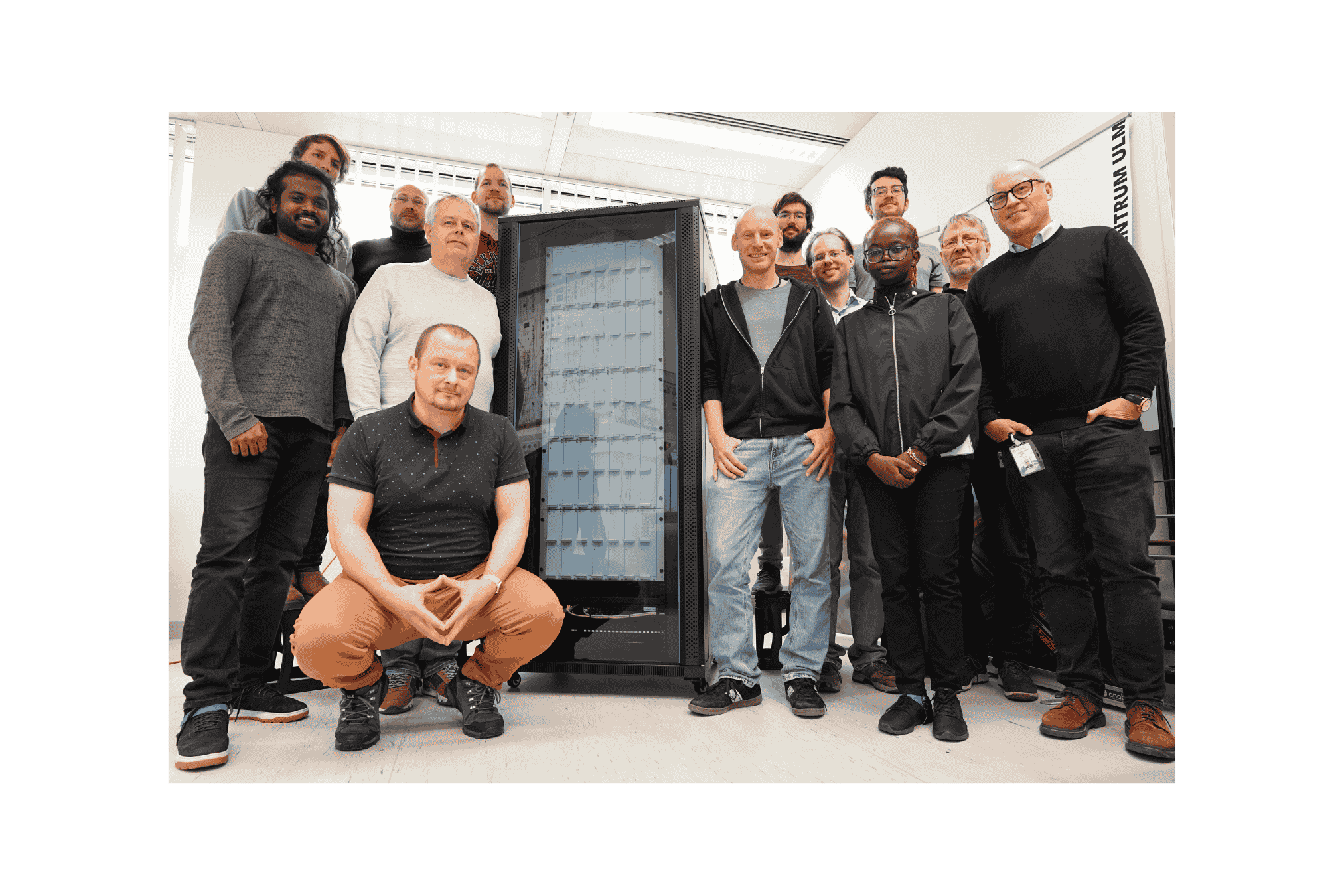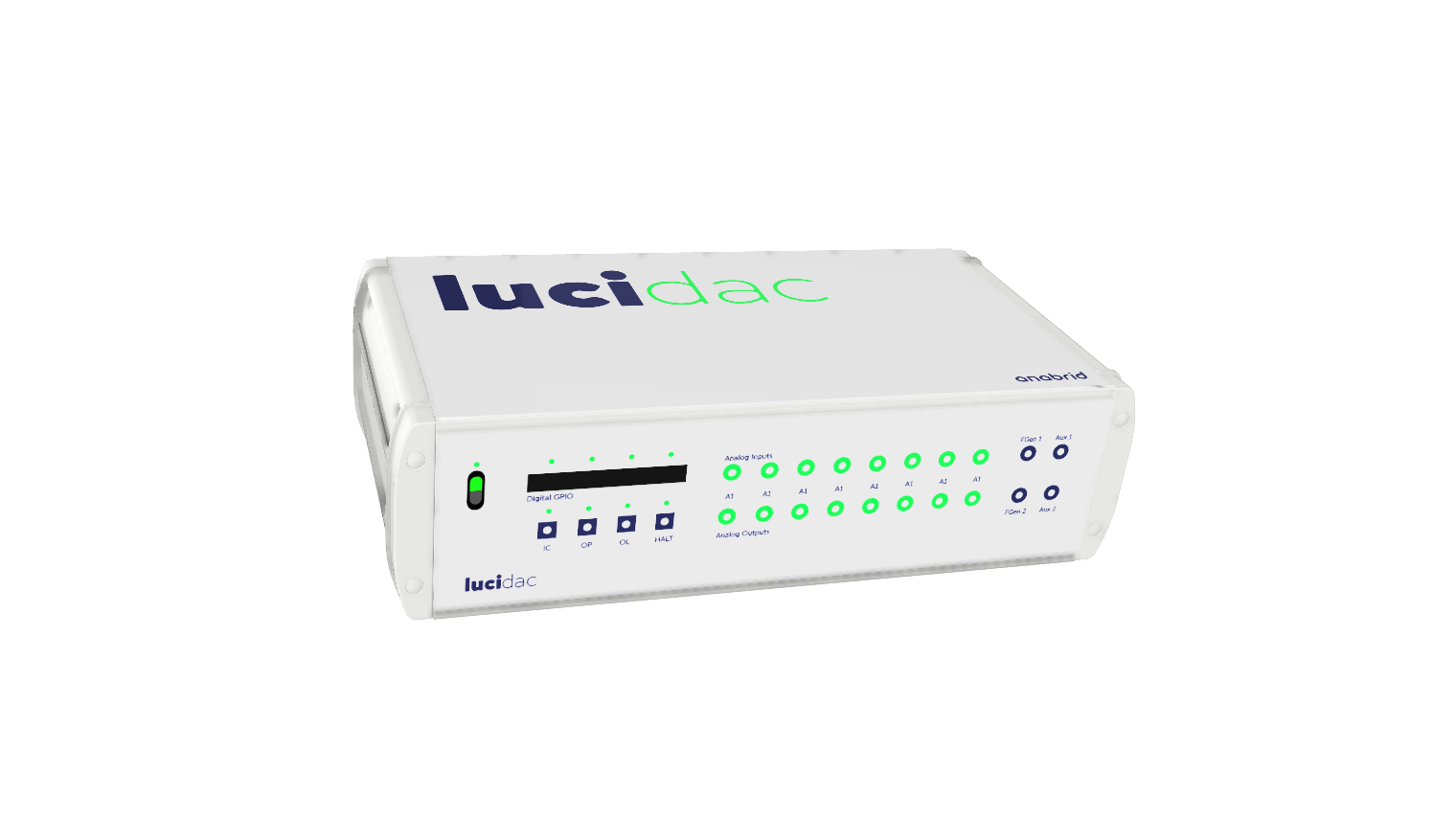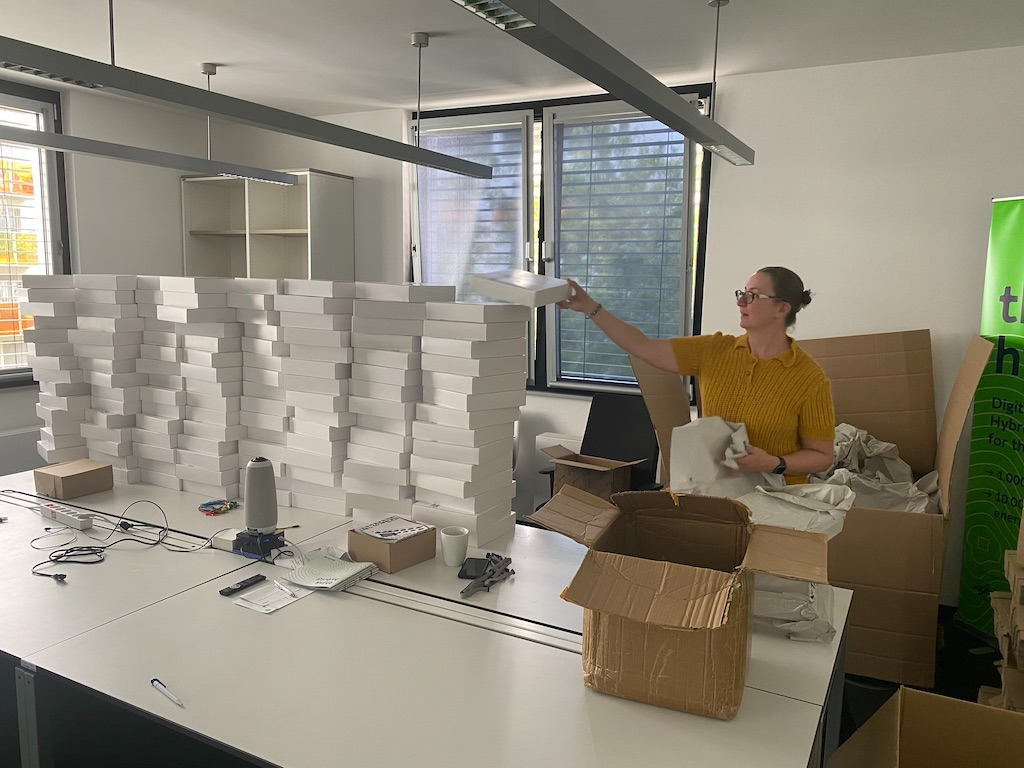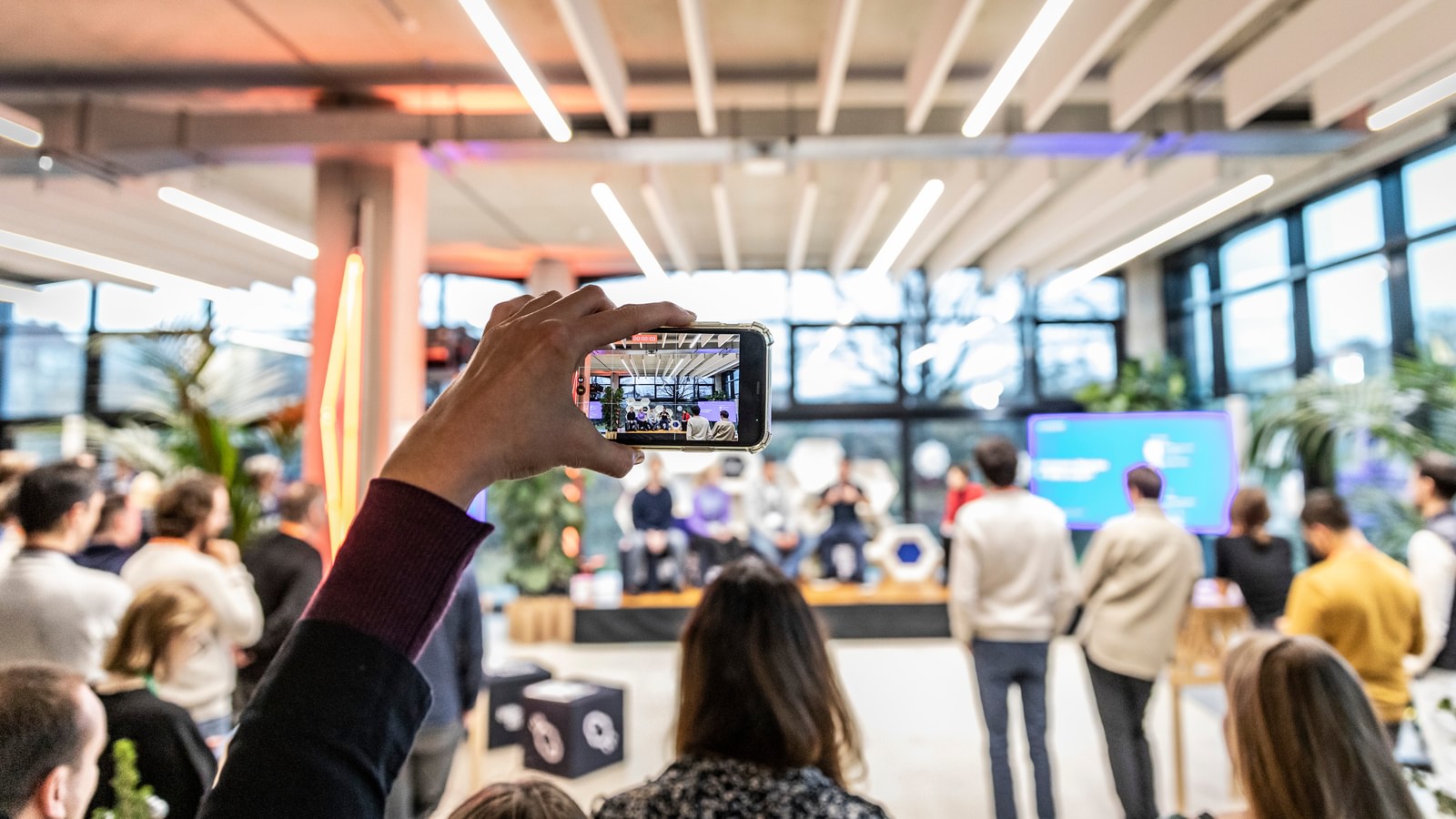PM World's first reconfigurable discrete analog supercomputer
Learn about the exciting new achievement of anabrid within the DLR QCI. The Reconfigurable Discrete Analog Computer by anabrid is the world's first datacenter level analog-digital hybrid computer.
DownloadOur world is analog and thus our computers should be analog as well.Prof. Dr. Bernd Ulmann
Co-Founder anabrid GmbH
Our world is analog and thus our computers should be analog as well.Prof. Dr. Bernd Ulmann
Co-Founder anabrid GmbH
Our world is analog and thus our computers should be analog as well.Prof. Dr. Bernd Ulmann
Co-Founder anabrid GmbH










